Oxygen Sleep Apnea
The Oxygen Sleep Apnea connection is noteworthy.
What is Sleep Apnea?
Sleep apnea: /æpˈniːə/) is a sleep disorder characterized by abnormal pauses in breathing or abnormally low breathing during sleep. Each pause in breathing called an apnea, can last from a few seconds to minutes. And may occur 5 to 30 times or more an hour.[1] Similarly, each abnormally low breathing event is called hypopnea. Sleep apnea is diagnosed with an overnight sleep test called a polysomnogram, or “sleep study.”
There are three forms of sleep apnea.
- Central (CSA): breathing is interrupted by a lack of respiratory effort accounting for 0.4% of cases.
- Obstructive (OSA): breathing is interrupted by a physical block to airflow despite the respiratory effort accounting for 84% of cases.
- and complex or mixed sleep apnea (i.e., a combination of central and obstructive), accounting for 15% of cases.
Regardless of type, an individual with sleep apnea is rarely aware of having difficulty breathing, even upon awakening.
Diagnosing Sleep Apnea
One example of a commonly adopted definition of an apnea (for an adult) includes a minimum 10-second interval between breaths, with either a neurological arousal (a 3-second or greater shift in EEG frequency, measured at C3, C4, O1, or O2) or a blood oxygen desaturation of 3–4% or greater, or both arousal and desaturation.
Treating Sleep Apnea
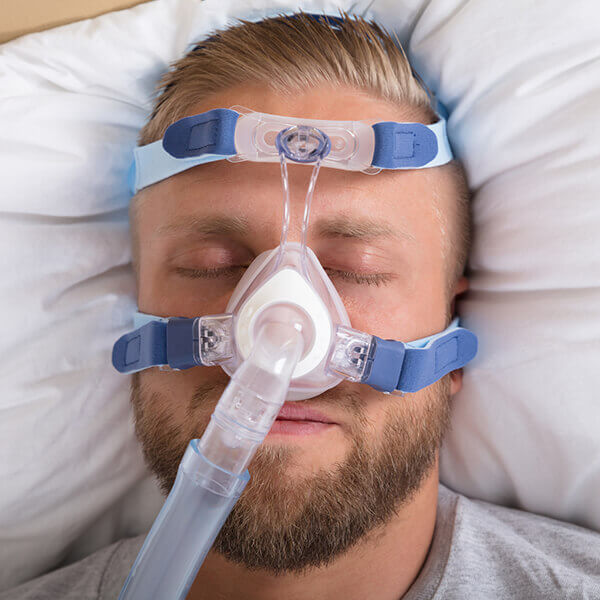
Treatment often starts with behavioral therapy. For mild cases of sleep apnea, physicians often recommend sleeping on one’s side, preventing the tongue and palate from falling backward in the throat and blocking the airway. Suggestions for sleep apnea patients are to avoid alcohol, sleeping pills, and other sedatives, which can relax throat muscles, contributing to the collapse of the airway at night.[4]
For moderate to severe sleep apnea, the most common treatment is the use of a continuous positive airway pressure (CPAP) or Automatic Positive Airway Pressure (APAP) device,[4] which ‘splints’ the patient’s airway open during sleep using a flow of pressurized air into the throat. The patient typically wears a plastic facial mask connected with a flexible tube to a small bedside CPAP machine. The CPAP machine generates the required air pressure to keep the patient’s airways open during sleep. Advanced models may warm or humidify the air and monitor the patient’s breathing to ensure proper treatment. Although CPAP therapy is highly effective in reducing apneas and less expensive than other treatments, some patients find it extremely uncomfortable. Many patients refuse to continue the therapy or fail to use their CPAP machines on a nightly basis.
Improving Treatment Compliance
The Winx system is ApniCure’s first product designed to offer a comfortable sleeping experience, allowing users to breathe naturally without a mask. Winx uses a proprietary platform technology called oral pressure therapy (OPT) to treat OSA. OPT is a light, oral vacuum delivered by a quiet console through a slim tube connected to a soft mouthpiece. The mouthpiece and vacuum work together to gently pull the soft palate forward and stabilize the tongue, increasing the size of the airway and allowing for natural breathing to occur during sleep.
References:
- ^ “Sleep Apnea: What Is Sleep Apnea?”NHLBI: Health Information for the Public. U.S. Department of Health and Human Services. 2009-05. Retrieved 2010-08-05.
- ^ Morgenthaler TI, Kagramanov V, Hanak V, Decker PA (September 2006). “Complex sleep apnea syndrome: is it a unique clinical syndrome?”. Sleep 29 (9): 1203–9. PMID 17040008. Lay summary – Science Daily (September 4, 2006).
- ^ “Sleep Apnea: Key Points.” NHLBI: Health Information for the Public. U.S. Department of Health and Human Services.
- ^ a b c “How Is Sleep Apnea Treated?”. National Heart, Lung, and Blood Institute.

-
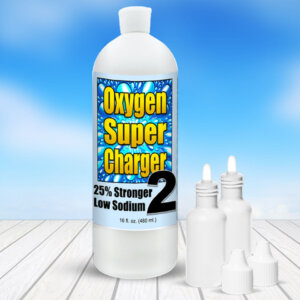
Ultra Strength OxygenSuperCharger2, 25% Stronger, 16–Ounce Bottle
$119.97 Add to cart -
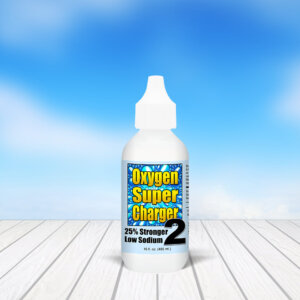
Ultra Strength OxygenSuperCharger2, 25% Stronger, 2–Ounce (Sample Size)
$35.97 Add to cart -
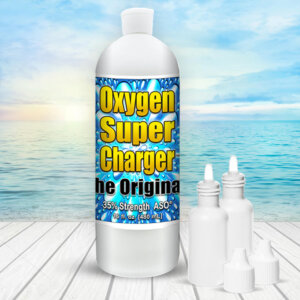
Original 35% Strength OxygenSuperCharger, 16–Ounce Bottle
$96.97 Add to cart -
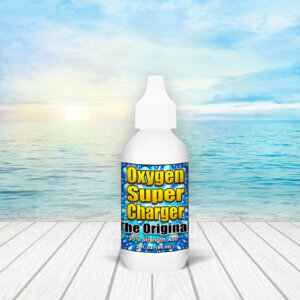
Original 35% Strength OxygenSuperCharger, 2–Ounce (Sample Size)
$27.97 Add to cart -

MineralSuperCharger, Premium Multi-Mineral Supplement, 32-Ounce Quart
$98.97 Add to cart -
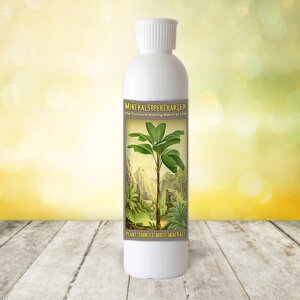
MineralSuperCharger, Premium Multi-Mineral Supplement, 8-Ounce (Sample Size)
$29.97 Add to cart -
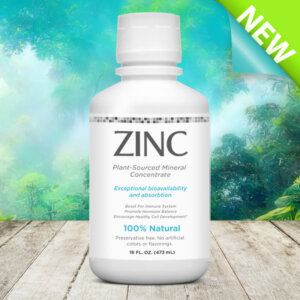
Zinc – Plant-Sourced Mineral Concentrate, 16-ounce
$24.97 Add to cart -
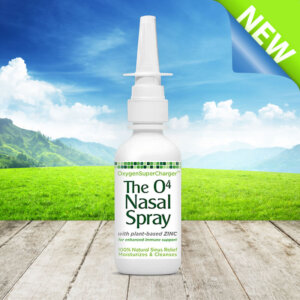
O4 Nasal Spray with Zinc
$14.97 Add to cart






